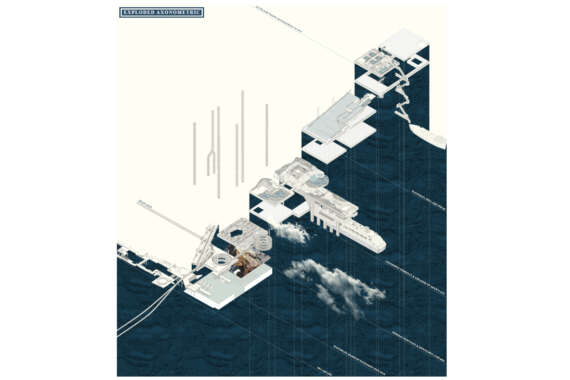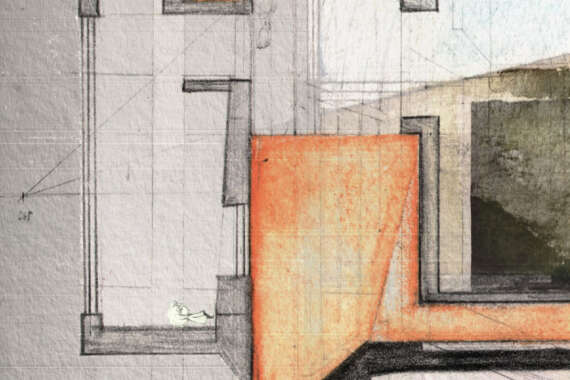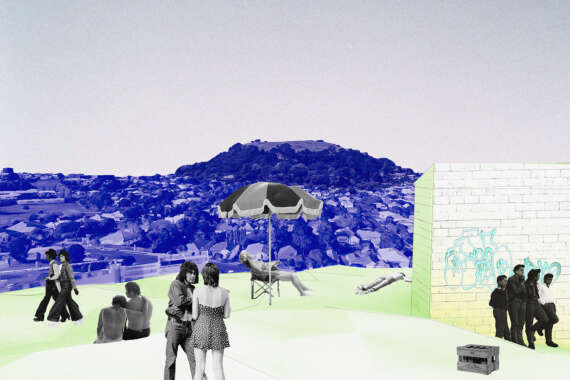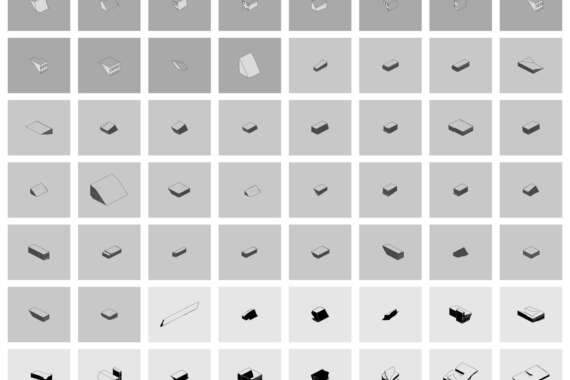The atmospheric carbon level has exceeded its tipping point at the end of September 2016.1 The state of climate change has reached an almost irreversible level and if this catastrophe is not amended the Earth’s biosphere will never fully recover. This is an indication that current adopted sustainable strategies are incapable of keeping up with civilisation’s carbon load and new methodologies are in demand. This thesis project is a speculation on strategic infrastructural network, which draws atmospheric carbon into the ocean as biomass.
A hypothesis proposed by the field of oceanography may contribute to a working solution. ‘The Iron Hypothesis’ proposed by oceanographer John Martin emphasises the photosynthetic nature of phytoplankton and its role within global climate.2 These microorganisms collectively draw down millions of tons of CO2 per year. The distribution of phytoplankton in the ocean is largely governed by the availability of nutrients; however, oceanic zones such as the Antarctic Ocean despite their high nutrient content, contain very little phytoplankton. In Martin’s hypothesis he suggests by adding traces of iron to these highly nutritious waters, phytoplankton population can be stimulated and cause further mass sinking of carbon dioxide into the ocean. Hence, this could amend the exceeding levels of greenhouse gases.
This thesis project is in support of the hypothesis and looks to develop an infrastructural vision in Antarctica that facilitates this operation through a speculative lens. This project anticipates a ‘portal’ between what exists and what is imagined. The discussion involves the perception of function and is ‘pataphysically’3 enabled. Pataphysics is an extension beyond realm of metaphysics and the nature of existence. It is the science of imaginary solutions, where the existing knowledge of what has been comprehended is projected through a speculative lens. Through pataphysics, the science of the particular and laws of governing exceptions, this thesis project describes a universe supplementary to the current one.
Utilising this hypothesis as a foundation, this thesis anticipates to transform carbon from the state of gaseous CO2 into carbon biomass as a primary dietary catalyst for the declining marine stock in the Antarctic Ocean. Through a series of speculative spatial machines, this thesis looks to create a future scenario of a mechanised synthetic ecology in response to Earth’s current state.



















